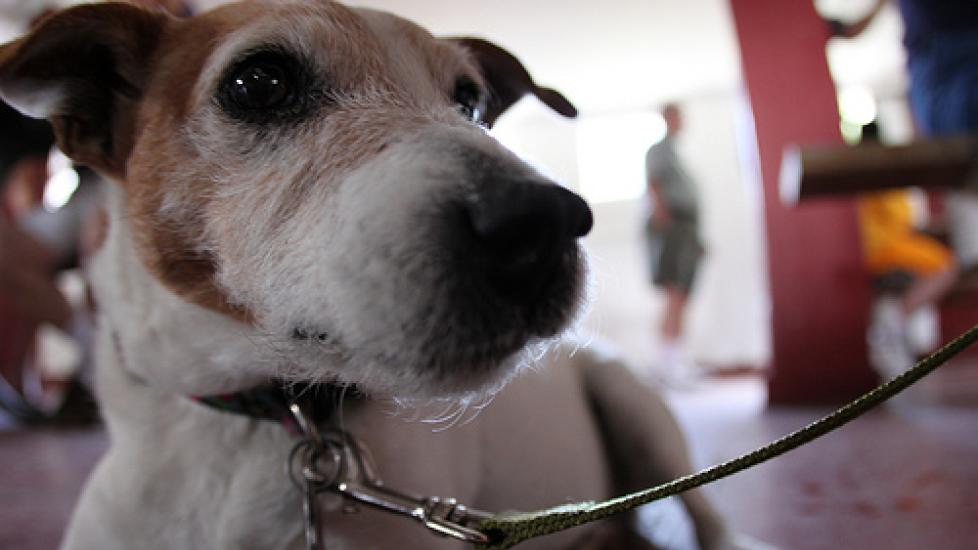Training your furry friend to come when called is one of the most fundamental skills you can teach them. A solid recall not only ensures their safety but also enhances bonding between both of you. However, this seemingly simple task requires patience, consistency, and a bit of creativity in order for it to be effective. Here are some dos and don’ts that will help you navigate the often-challenging waters of recall training:
Do:
- Start Young: Begin training early while your pet is still young and impressionable. This makes it easier for them to understand commands and form good habits.
- Use Positive Reinforcement: Reward every correct response with treats or praise. Positive reinforcement encourages learning by associating desired behavior with rewards.
- Keep Sessions Short and Sweet: Overly long sessions can lead to boredom or frustration. Keep each session short and energetic to maintain your pet’s interest.
- Practice in Different Environments: Train in various settings such as parks, at home, and even on walks so that your pet understands the command regardless of surroundings.
- Be Consistent: Use the same verbal cue (like “Come!”) consistently across all training sessions to create clear expectations.
- Make It Fun: Incorporate play into training. For example, turn recall practice into a game where you run away from your dog and encourage them to chase after you.
Don’t:
- Reinforce Bad Behavior: Never reward your pet for coming late or ignoring the command. Ignoring bad responses helps prevent accidental positive reinforcement.
- Train on an Empty Stomach: Some pets may ignore the call if they are too hungry. Feeding them before training can improve focus.
- Neglect Practice: Once learned, regular refresher sessions are necessary to keep the skill sharp. Frequent reminders reinforce the habit.
- Distract During Training: Avoid introducing distractions until your pet has mastered the basic recall. Gradually introduce them once they have shown proficiency.
- Get Frustrated: Patience is key. If your pet struggles, take a break rather than scolding them. Remember, progress takes time.
- Forget About Safety: Always put a leash on your pet during training, especially outdoors, to ensure their safety and prevent running off.
Remember, every pet is unique, and what works for one might not work for another. Adjust these guidelines based on your pet’s personality and preferences. By following these dos and don’ts, you’ll soon see your four-legged companion happily trotting back to you whenever you call—a testament to the bond you’ve built through consistent training.
